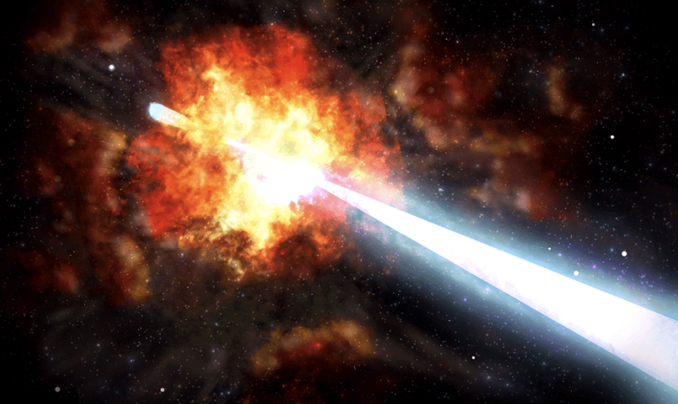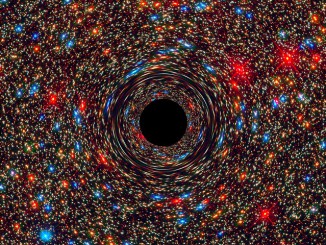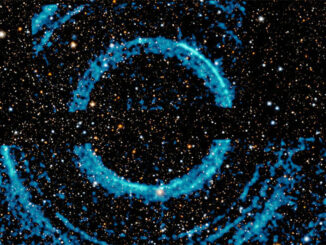
Last 9 October, radiation from the most powerful gamma ray burst ever observed swept across the solar system, a titanic outburst thought to be triggered by the explosion of a massive star 2 billion light years away. GRB 221009A was quickly dubbed the BOAT, or “brightest of all time.”
“There is nothing in human experience that comes anywhere remotely close to such an outpouring of energy. Nothing,” said Dan Perley, of the Astrophysics Research Institute at Liverpool John Moores University. “It’s roughly equivalent to the energy the Sun will produce added up over its entire lifetime. It’s certainly the highest value ever recorded for a gamma-ray burst.”
The gamma ray pulse lasted more than 300 seconds, making it a “long-duration” GRB thought to indicate the birth of a black hole after the star’s core collapsed under its own weight.
Accepted models indicate newly formed black holes launch powerful jets of electrically charged plasma that can blast through the outer layers of the exploding star, producing a gamma ray pulse and an afterglow across multiple wavelengths. When such jets happen to be aimed toward Earth, a gamma ray burst is observed.
“As the jets slam into gas surrounding the dying star, a bright afterglow of light is produced across the entire spectrum,” said Tanmoy Laskar, assistant professor of physics and astronomy at the University of Utah, and lead author of a study in Astrophysical Journal Letters.
“The afterglows of GRBs fade quite rapidly, which means we had to be quick and nimble in capturing the light before it disappeared, taking its secrets with it.”
As it turned out, GRB 221009A’s energy output was typical of most other GRBs. What made it so bright as viewed from Earth was the “particularly narrow angle into which that energy (was) channeled,” said Kate Alexander, assistant professor of astronomy at the University of Arizona and co-author of the study.
The real surprise was that radio wavelength emissions were brighter than expected based on the X-ray and visible light components of the afterglow.
“At first we were very excited because we thought we might have captured the fleeting signature of a `reverse shock’ — a shock wave going backwards through the jet and lighting it up in the radio,” said Alexander.
Laskar said the radio signature looked “a bit like a reverse shock,” but it faded much more rapidly than the models predict. “So, either we don’t understand reverse shocks, or we’ve found a completely new emission component,” he said.
Raffaella Margutti, associate professor of astronomy and physics at the University of California, Berkeley, and co-author of the study, said “we still don’t know what is producing the radio emission, but we are still collecting data, and it’s possible that some more theoretical investigations and numerical simulations together could help us in deriving a better understanding.”
In the meantime, she said, “it’s still a bit of a mystery.”



